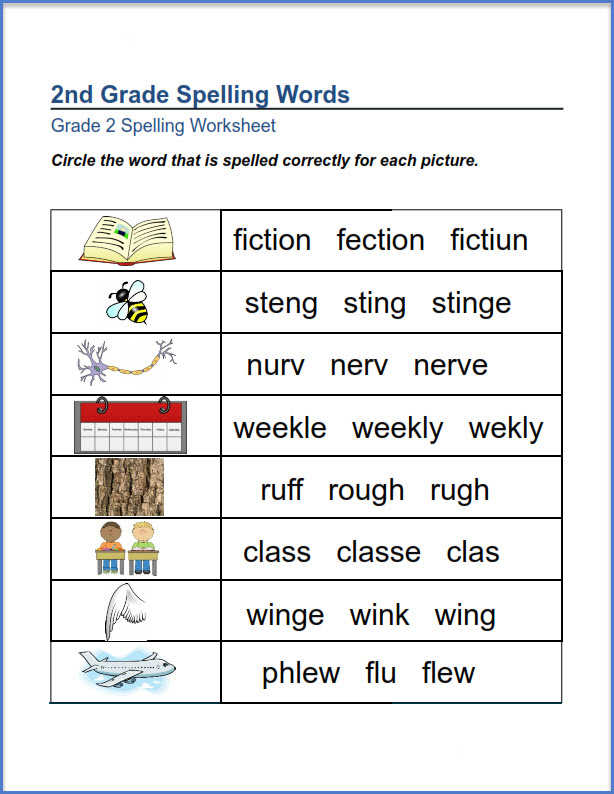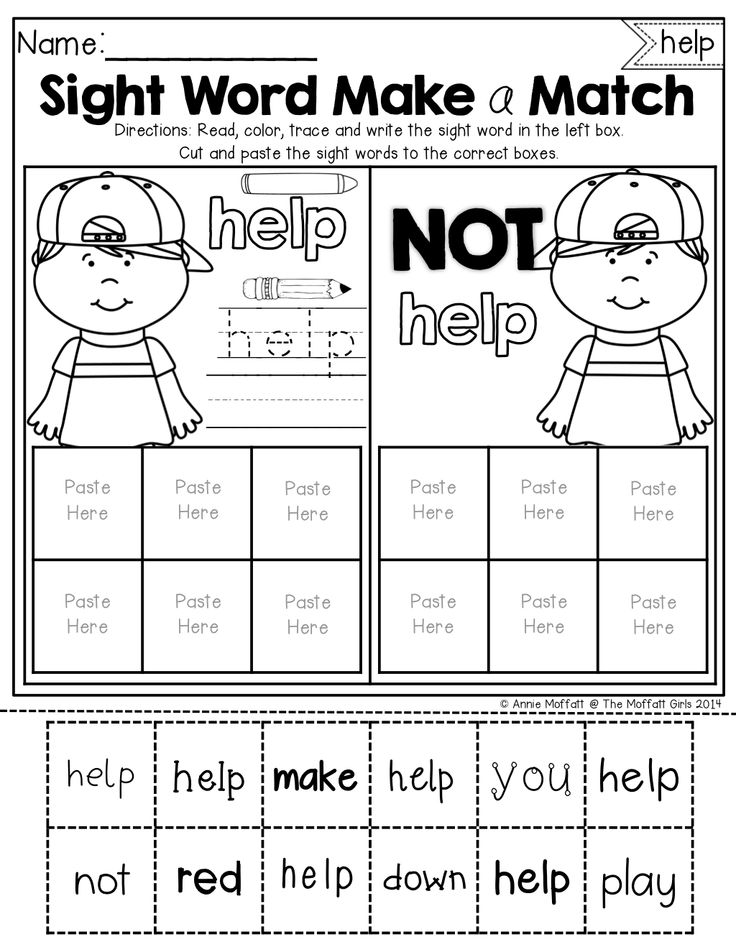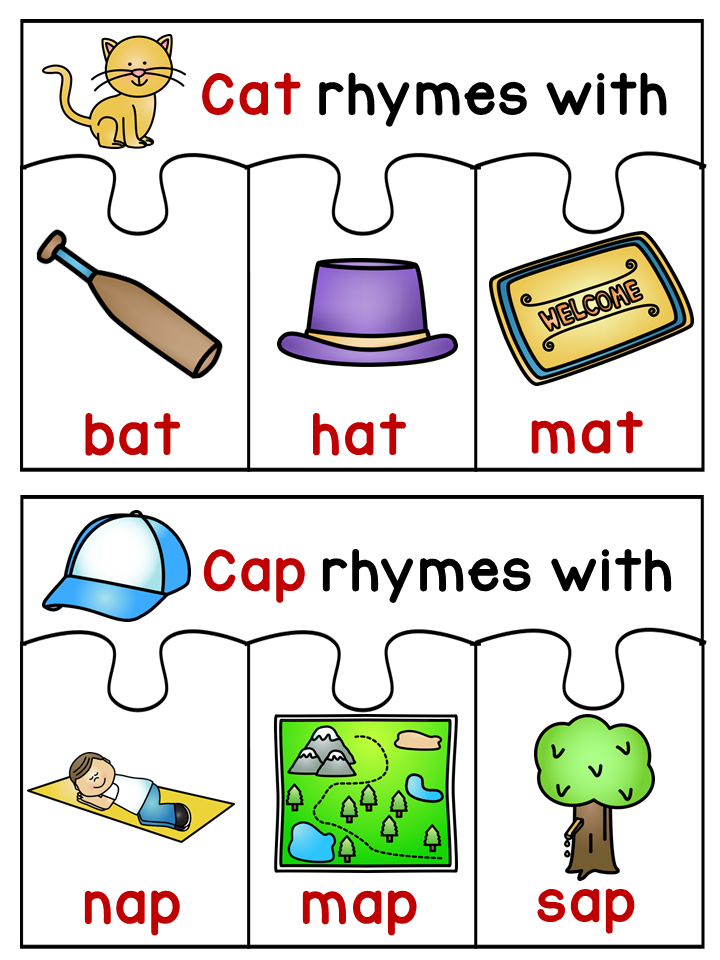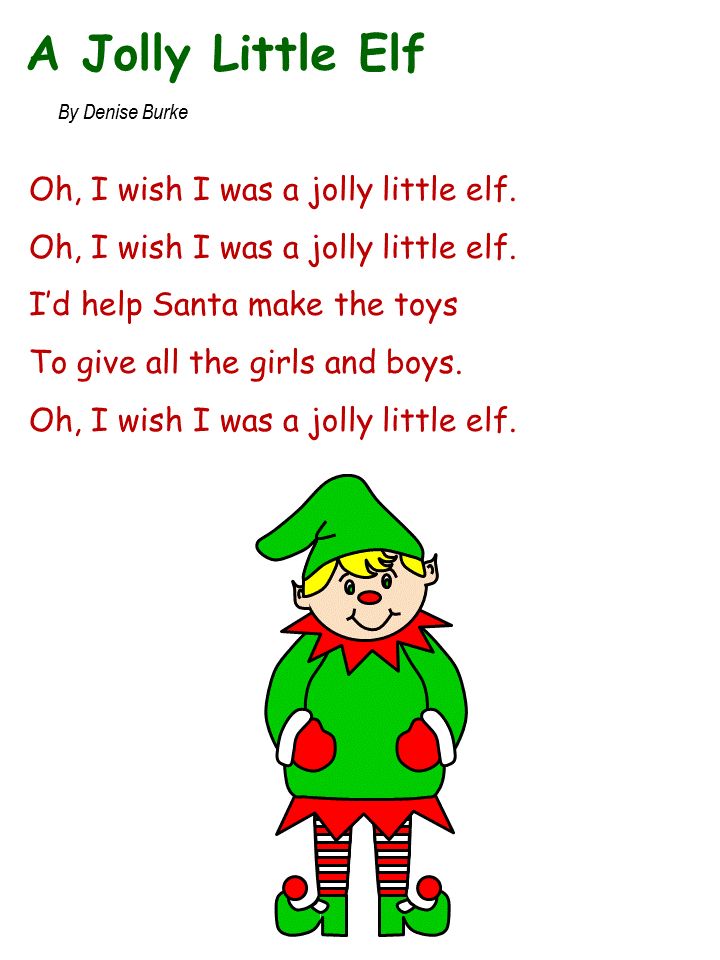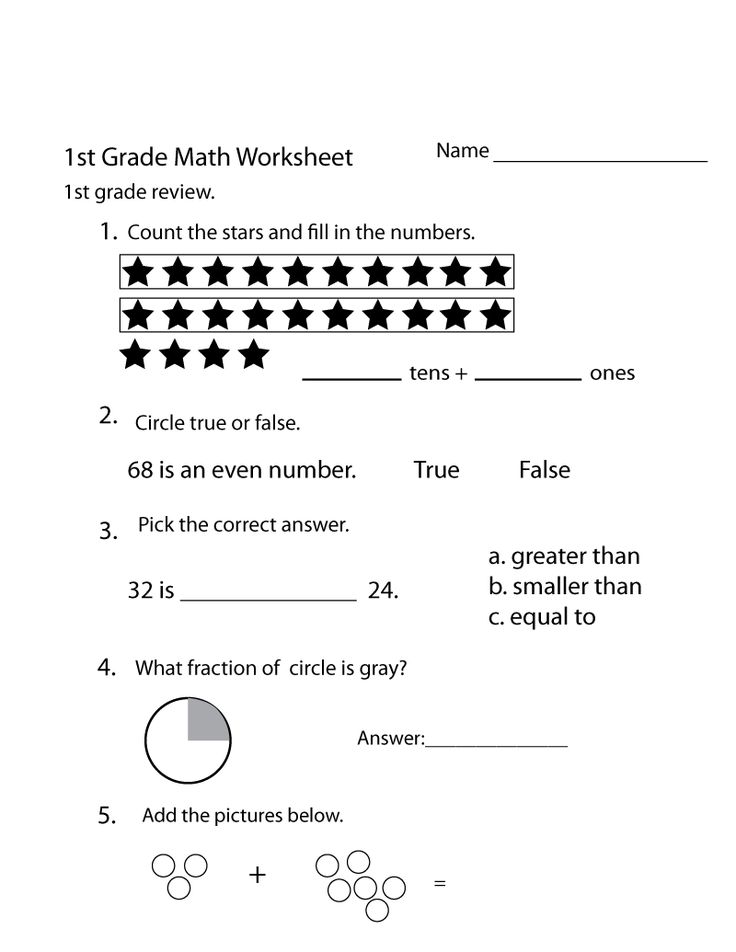Word discrimination activities
Easy and Fun Sound Discrimination Activity
Help students develop phonemic awareness with this easy and fun sound discrimination activity using CVC words. Check out the FREE file found at the end of this post!
The importance of sound discrimination
Developing phonemic awareness – the ability to identify, isolate, and manipulate units of sound – is important to our students literacy development. Consistent, focused instruction helps them to do this easily. Children who can easily hear and form these speech sounds will have an easier time segmenting and blending letters. Ultimately, this will make them better readers and writers.
Practicing sound discrimination
There are tons of ways to practice sound discrimination, but today I’ll share just one. First, you can provide students two CVC words that have one sound in common. For example,
can and nut. Say the words aloud and ask them to identify the sound that the words have in common. You may have to repeat the words aloud a few times while emphasizing the similar sound for them to understand the activity.
Naturally, it makes sense to connect the common sound with the letter. In this particular activity, that letter is concealed. Once students make their guess, they can view the letter and self-check. (You can grab this activity for FREE by filling out the form a the bottom of the post!)
If you feel your students are ready to level up, provide them with a recording sheet where they can write the words on the cards and circle the letter/sound they have in common.
CVC Word Guessing Game
Secondly, you can practice sound discrimination in CVC words by isolating and identifying the beginning, middle, or ending sound in the word. In this fun game, provide students with the flip card. Each flip card has a CVC word with either the beginning, middle, or ending sound concealed.
Students will guess what the sound/letter could be to complete the word – even if it creates a nonsense word.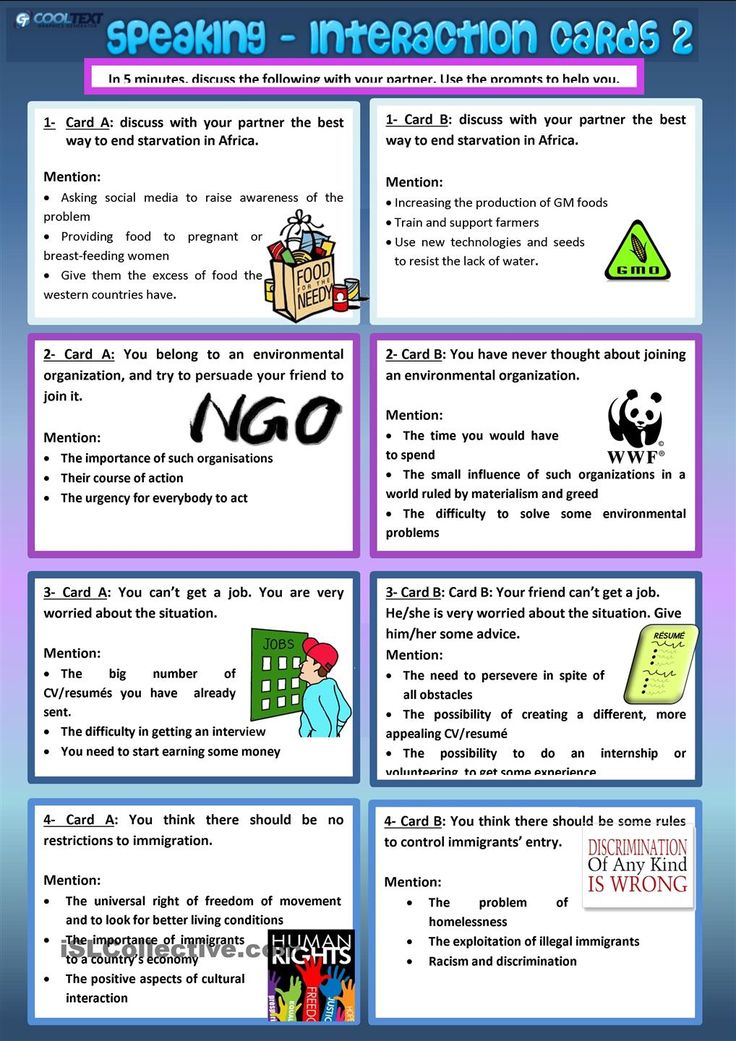 For instance, they could guess the word dad, did, or dud. Then, they will flip up the card to reveal the letter to see if their guess was correct.
The cards are self-checking, so they will reveal the correct letter and associated picture clue.
For instance, they could guess the word dad, did, or dud. Then, they will flip up the card to reveal the letter to see if their guess was correct.
The cards are self-checking, so they will reveal the correct letter and associated picture clue.
This recording sheet could be put at a center with the cards or used in small or whole group instruction. Put in a clear pocket sleeve for reuse. Students select a card, guess the sound, then record the correct word.
Or, they can play with a partner. Select one card, record their guesses, and circle the word if they guessed correctly. The person who guessed the most words correctly wins!
Alternatively, the student or teacher selects a card. The student records three different guesses for what the mystery word could be by guessing letters for the letter that is covered. For example, for the card pictured above, they might guess: RAT, HAT, and CAT. (If they guess nonsense words, that’s okay, too!) Then, reveal the missing letter, celebrate correct guesses, erase their work, and repeat play with other cards.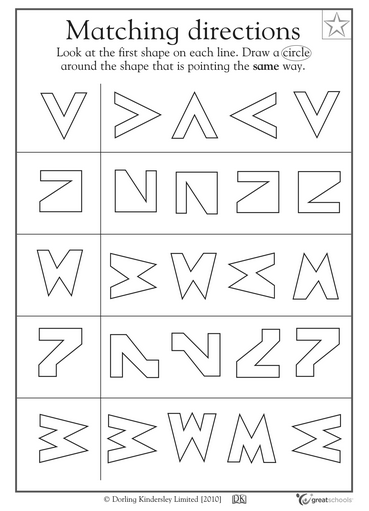
The cards easily store in a pencil case or pouch and are simple to assemble (a great job for a parent helper – it can even be done at their home!). This activity is available for purchase here.
Additional word work activities
Word work is my FAVORITE. There are several other posts that share engaging ways to support word work in the classroom. Check them out by clicking an image below!
Sight Word Activities | Blends Activities | Spelling Words Activities
Free Sound Discrimination Activity
I’d love to share a copy of the sound discrimination activity mentioned above! Just fill out the form at the bottom of this post and you can add this to your teacher toolkit!
AbbyMullins
Abby is a former kindergarten and first grade teacher who channels her passion for education into creating engaging activities and resources for the kindergarten and first grade classroom. When not dreaming up or working on her next project, you’ll find her enjoying her family – most likely in her minivan on the way to a soccer field.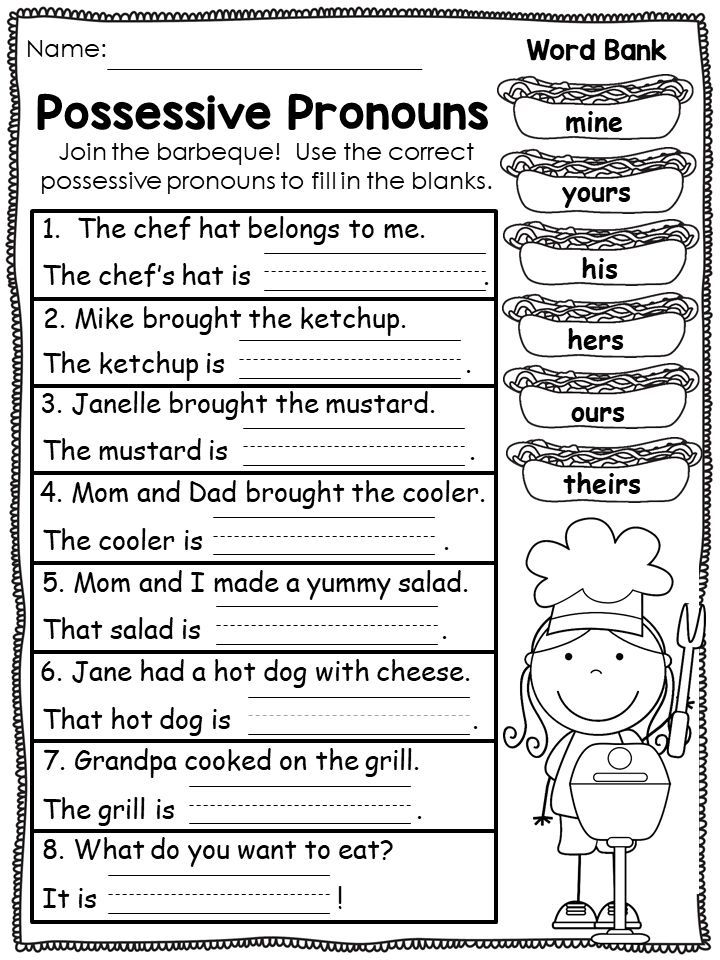
Sound and Word Discrimination - Reading Ranch Tutorial Centers
The next foundational skill in phonological awareness and language is Sound and Word discrimination.
Auditory or sound discrimination is the ability to recognize similarities and differences between sounds. Mainly, sound discrimination allows people to distinguish between phonemes in words. Phonemes are the smallest units of sound in any given language. Sound discrimination allows someone to tell the difference between words and sounds that are similar and words and sounds that are different.
A child who has trouble with sound discrimination may have difficulty telling the difference between words such as “sister” and “sitter” or “cat” and “cot.” Overall, the children can’t distinguish between the slight differences in the sounds of words.
This problem can sometimes make it hard for children to understand what people are saying. This is exacerbated in noisy environments such as classrooms or even a child’s home if they belong to a large family or have loud music and television.
Sound and word discrimination plays an essential role in both language and reading development. To achieve literacy, children must have phonemic awareness; difficulties with auditory discrimination can challenge young readers.
If a child were reading a book or passage that included something about bees, they should notice that the word “bees” has three sounds “b,” “ee,” and “ZZ.”
Children with sound and word discrimination challenges may have trouble remembering the sequences of words and may also miswrite words.
Fortunately, with practice and oversight, children learn the different sounds and can discriminate words in short sentences very quickly.
Level 1 – Discriminating sounds in the environment
The most basic level of auditory discrimination is hearing the difference between sounds in our environment, e.g., identifying the sound of a car passing, the noise of a fan turning, etc. The children should progress to identifying more closely linked sounds, e.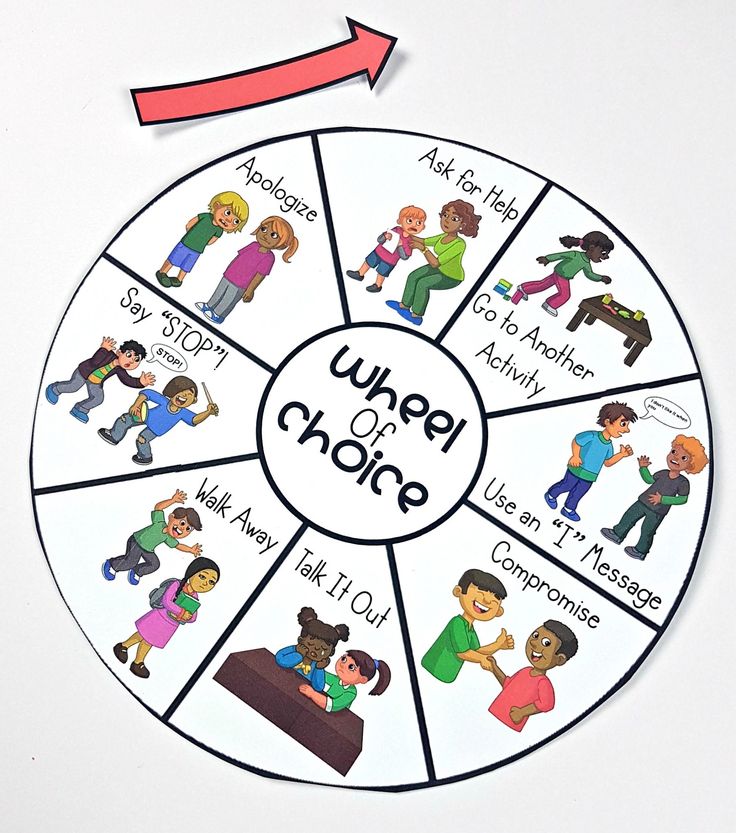 g., different people’s voices or the difference between a car and a truck.
g., different people’s voices or the difference between a car and a truck.
Level 2 – Discriminating between different words in speech
Once children can identify sounds in their environment, they are ready to move on to the next level of auditory discrimination. These first two levels should be set in KG, but can also be addressed in Lower Primary. Children become aware that speech is made up of individual words. They develop this skill through rhyme and rhythm activities when they clap, tap and stamp the rhythm of various rhymes.
Many activities you can do to develop these skills are quick, fun, and active to keep the children motivated and alert.
Level 3 – Discriminating syllables in words
Children first become aware that a sentence consists of individual words:
The children listen to their teacher quietly.
Seven words make up this sentence.
The chil-dren list-en to their tea-cher qui-et-ly.
The sentence is now segmented into twelve individual syllables. The word teacher has two syllables: tea-cher. The word quietly has three syllables: qui-et-ly.
The word teacher has two syllables: tea-cher. The word quietly has three syllables: qui-et-ly.
Level 4 – Discriminating rhyming words
The skill of hearing rhyming words is a crucial step towards being able to blend words. The child should give words that rhyme e.g. for cat, give sat, mat, hat, rat etc. If you give them a list of words like sun, run, hat, fun they should be able to spot the odd one out (hat). When teaching them about rhyme you can include playing with non-words e.g. lat, dat, gat as rhymes for cat.
Level 5 – Discriminating individual sounds in words
We want the children to identify individual sounds in words. Then the child can read words through blending and segmenting. The child can identify that bag is made up of three individual sounds –
/b/ /a/ /g/ – blended together.
Children progress naturally through the early stages. For instance, parents rarely intentionally teach their children the sound made by a car or a fan – they learn it just from being exposed to sounds.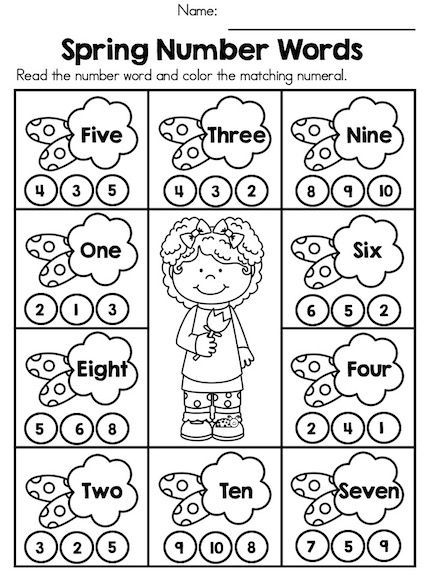 But some children do need guidance from their teachers and parents to reach the higher levels of auditory discrimination.
But some children do need guidance from their teachers and parents to reach the higher levels of auditory discrimination.
Games and exercises for the development of phonemic hearing and perception
Games and exercises for the development of phonemic hearing and perception
The basic prerequisite for mastering writing is a developed phonemic hearing. Phonemic hearing, the main component of speech perception, is understood as the ability of a person to hear and distinguish between individual phonemes, or sounds in a word, to determine the presence of a sound in a word, their number and sequence. Thus, a child entering school must be able to distinguish individual sounds in a word. For example, if you ask him if there is a sound [m] in the word "lamp", then he must answer in the affirmative.
Why does a child need a good phonemic ear? This is due to the method of teaching reading that exists today at school, based on the sound analysis of the word.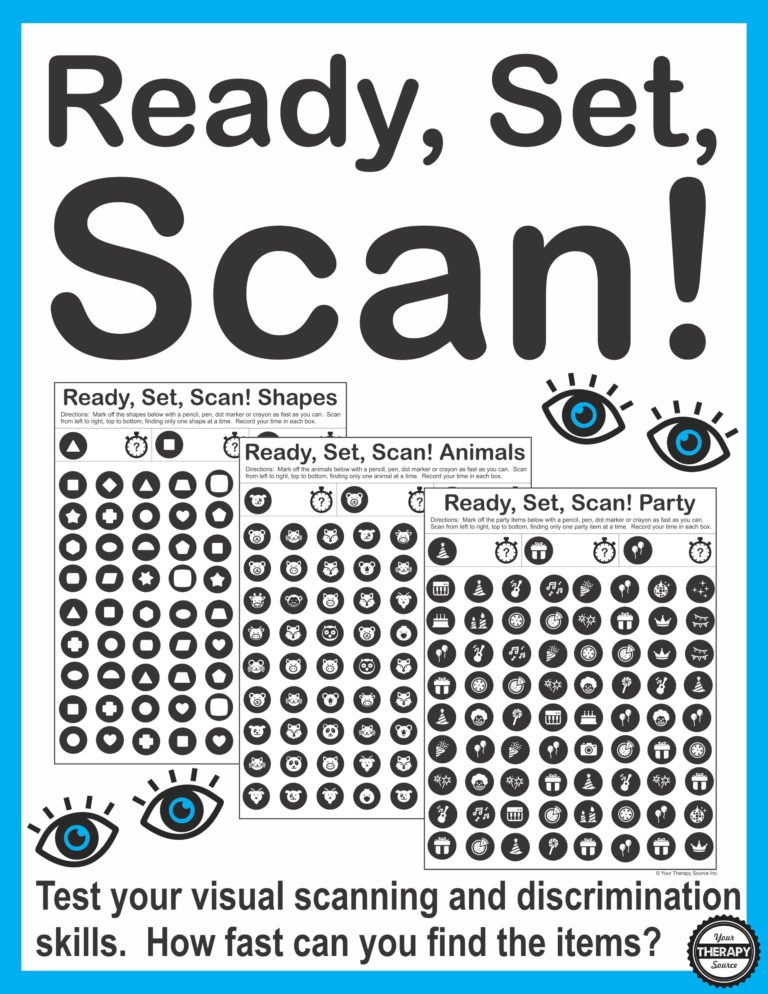 It helps us to distinguish between words and forms of words that are similar in sound, and to correctly understand the meaning of what is said. The development of phonemic hearing in children is the key to successful learning to read and write, and in the future - to foreign languages.
It helps us to distinguish between words and forms of words that are similar in sound, and to correctly understand the meaning of what is said. The development of phonemic hearing in children is the key to successful learning to read and write, and in the future - to foreign languages.
By the age of five, children are able to determine by ear the presence or absence of a particular sound in a word, they can independently select words for given sounds, if, of course, preliminary work was carried out with them.
How can phonemic awareness be developed in a child? The best way to do this is in the game. Many games for the development of phonemic processes are of a combined nature, which is expressed not only in the enrichment of the dictionary, but also in the activation of higher mental functions (memory, attention, thinking, motor skills). I bring to your attention games that allow you to teach your child to listen to the sounds of speech in an interesting way.
- Game "Catch the right sound with a clap.
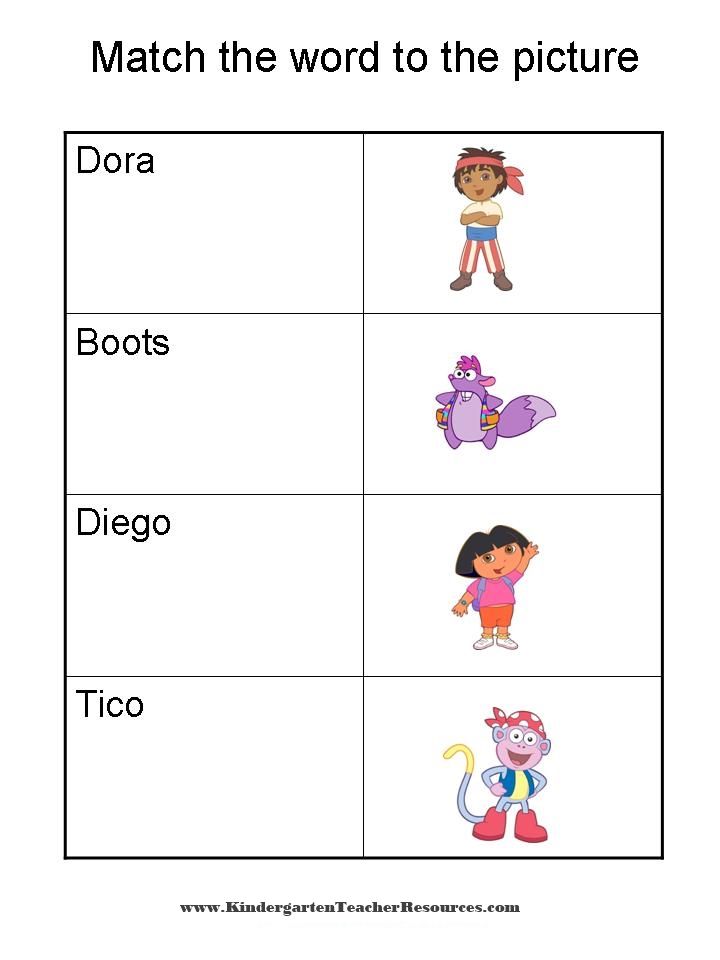 "
"
Instructions: If you hear the [k] sound in a word, clap your hands. Words: [K] wounds, pestilence [K] ov, hut, boots [K].
The same with any other sounds:
Sh - cat, hat, mask, pillow; С – dog, paints, horse, socks, nose…
Р – hands, paws, Motherland, shelf, mug…; L - shovel, bark, words, pilaf ...
- Game "Come up with words for a given sound."
To begin with, it is better to give only vowel sounds (a, o, y, i) - watermelon, hoop, snail, needle, etc.
Then consonants (p, s, w, l, n, b, etc.)
- Game "Determine the place of the sound in the word."
Determine where: at the beginning, in the middle, at the end of the word we hear the sound [K] in the words: mole, carrot, fist, sock. . .
Sh - hat, cat, shower; C - sun, paste, nose; H - teapot, bump, night; U - brush, puppy, help; L - moon, shelf, chair; P - locomotive, steam, rose; P - floor, foot, stop; K - falcon, varnish, roof, etc.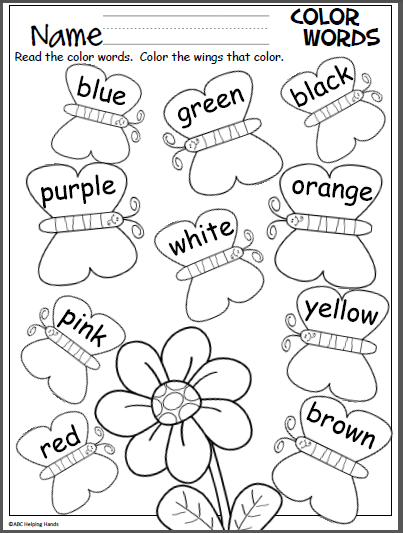
- Repeating chains of syllables.
Syllables are given with different voice power, intonation. (sa-SHA-sa), (for-for-SA). Syllables can be set with any oppositional sounds, for example, s-sh, sh-zh, l-r, p-b, t-d, k-g, v-f (i.e. deaf-voiced, hard soft, whistling - hissing). Make sure that the child does not change the sequence in the chains. If it is difficult for him to repeat three syllables, give two syllables first: sa-sha, sha-sa,
sa-za, za-sa, la-ra, ra-la, sha-sha, sha-sha, etc. .
Examples of syllable chains:
Sa-za-za, za-za-sa, sa-za-sa, za-sa-za
Sa-sha-sha, sha-sha-sa, sa-sha -sa, sha-sa-sha
La-ra-ra, ra-la-la, ra-la-ra, la-ra-la
Sha-cha-sha, sha-sha-sha, sha-sha -sha, sha-sha-sha
Za-zha-zha, zha-za-za, za-zha-za, zha-za-zha (Similarly with other pairs of sounds)
- Slap syllables with sound "B" in the palms, and with the sound "P" on the knees (ba-pu-bo-po).
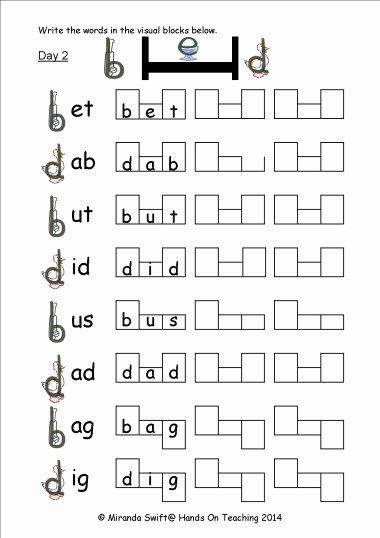 The same with sounds, for example, s-sh, sh-zh, k-g, t-d, r-l, ch-sh, etc.
The same with sounds, for example, s-sh, sh-zh, k-g, t-d, r-l, ch-sh, etc. - Say the word with sound "B": duck - bow - whale; "P": bank - stick - squirrel. Those. three words are given, among which only one with a given sound.
- Game "Who is more attentive".
An adult shows pictures and names them (it is possible without pictures). The child listens attentively and guesses what common sound is found in all the named words.
For example, in the words goat, jellyfish, rose, forget-me-not, dragonfly, the common sound is "З". Do not forget that you need to pronounce this sound in words for a long time, highlighting it with your voice as much as possible.
- Guess the word game.
An adult pronounces a word with pauses between sounds, the child must name the whole word.
First, words of 3, 4 sounds are given, if the child copes, then it can be more difficult - from 2-3 syllables, with a confluence of consonants.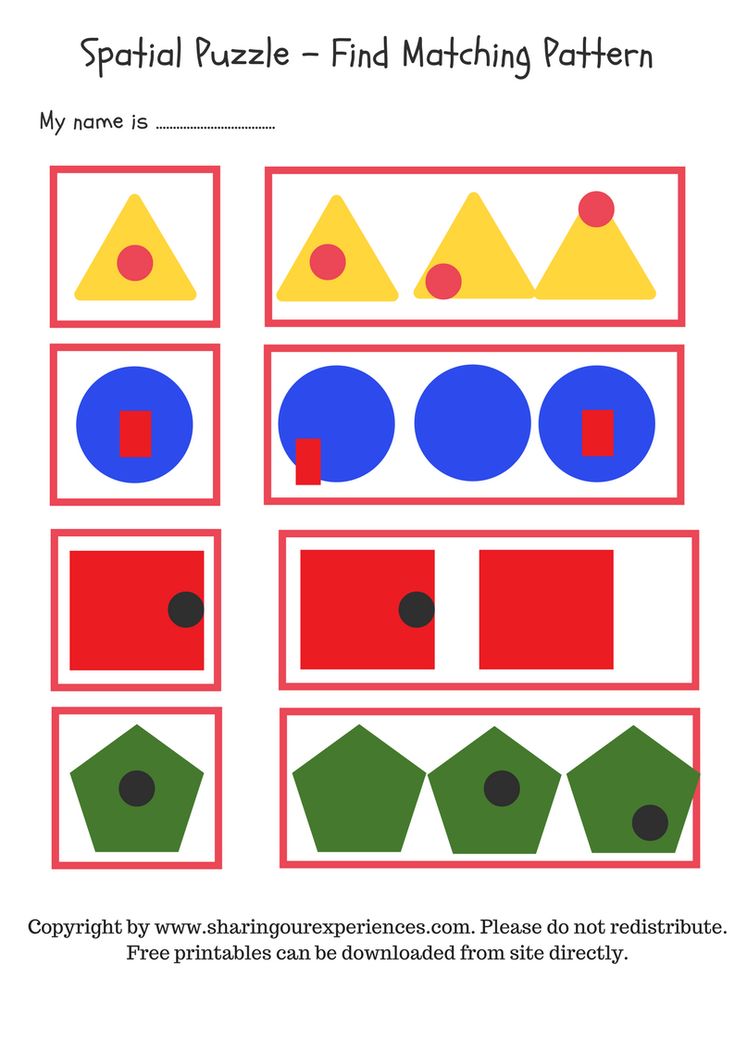
For example:
s-u-p, k-o-t, r-o-t, n-o-s, p-a-r, d-a-r, l-a-k, t- o-k, l-o-k, s-s-r, s-o-k, s-o-m, f-o-k, h-a-s
r-o-s-a, k -a-sh-a, D-a-sh-a, l-u-zh-a, sh-u-b-a, m-a-m-a, r-a-m-a, v-a -t-a, l-a-p-a, n-o-t-s, sh-a-r-s
p-a-s-t-a, l-a-p-sh-a, l-a-s-t-s, k-o-s-t, m-o-s-t, t- o-r-t, k-r-o-t, l-a-s-k-a, p-a-r-k, i-g-r-a, etc.
- Say all the sounds in the word in order. We start with short words, for example: HOME - d, o, m
- Extra Four Game
For the game, you will need four pictures with the image of objects, three of which contain the specified sound in the name, and one does not. The adult lays them out in front of the child and offers to determine which picture is superfluous and why. The set can be varied, for example: a cup, glasses, a cloud, a bridge; bear, bowl, dog, chalk; road, board, oak, shoes. If the child does not understand the task, then ask him leading questions, ask him to carefully listen to the sounds in the words.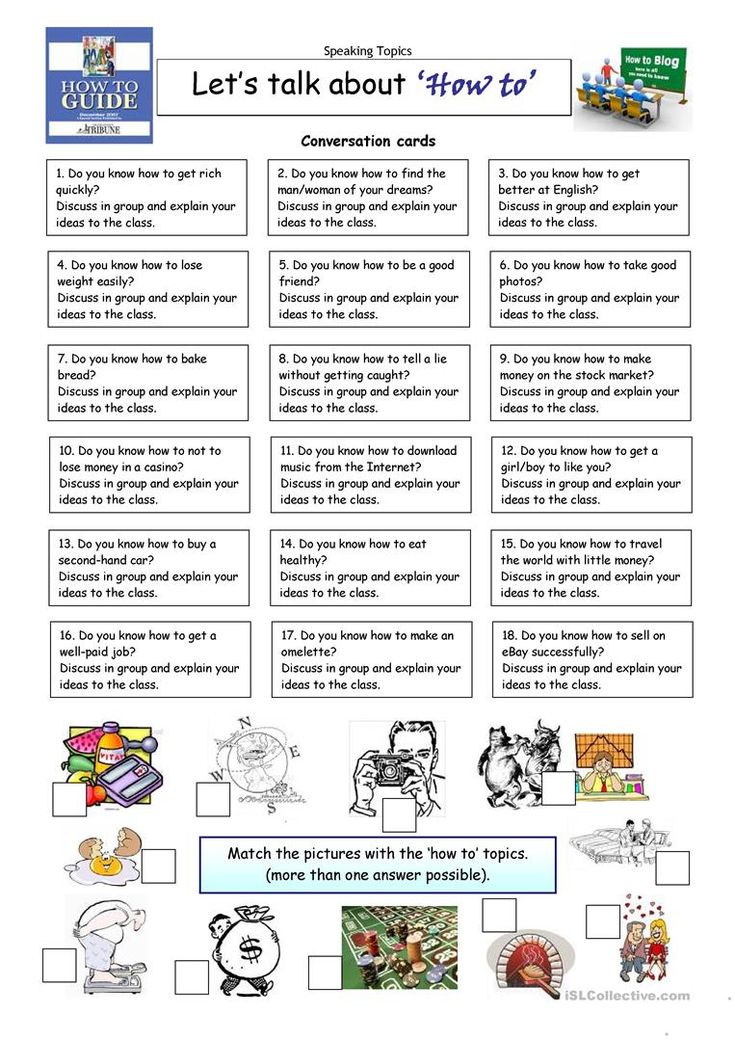 An adult can highlight the identified sound with his voice. As a variant of the game, you can select words with different syllabic structures (3 three-syllable words, and one two-syllable), different stressed syllables. The task helps to develop not only phonemic perception, but also attention, logical thinking.
An adult can highlight the identified sound with his voice. As a variant of the game, you can select words with different syllabic structures (3 three-syllable words, and one two-syllable), different stressed syllables. The task helps to develop not only phonemic perception, but also attention, logical thinking.
- Throwing the ball game “One hundred questions - one hundred answers with the letter A (I, B ...) - and only with this one.
Throw the ball to the child and ask him a question. Returning the ball to an adult, the child must answer the question so that all the words of the answer begin with a given sound, for example, with the sound [I].
Example:
- What's your name?
-Ira.
- What's your last name?
- Ivanova.
-Where did you come from?
-From Irkutsk
-What grows there?
- Fig.
- Word chain game
This game is an analogue of the well-known "cities".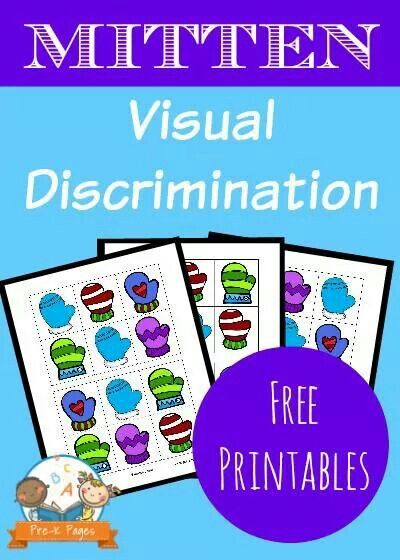 It consists in the fact that the next player comes up with his own word to the last sound of the word given by the previous player. A chain of words is formed: stork - plate - watermelon. Remembered?
It consists in the fact that the next player comes up with his own word to the last sound of the word given by the previous player. A chain of words is formed: stork - plate - watermelon. Remembered?
- Let's fix the broken phone game
It is best to play with three or more people. The exercise is a modification of the famous game "Broken Phone". The first participant quietly and not very clearly pronounces a certain word in his neighbor's ear. He repeats what he heard in the ear of the next participant. The game continues until everyone has passed the word "on the phone".
The last participant must say it out loud. Everyone is surprised, because, as a rule, the word is noticeably different from those transmitted by the rest of the participants. But the game doesn't end there. It is necessary to restore the first word, naming in turn all the differences that have “accumulated” as a result of a phone breakdown. An adult should carefully monitor that the differences, distortions are reproduced by the child correctly.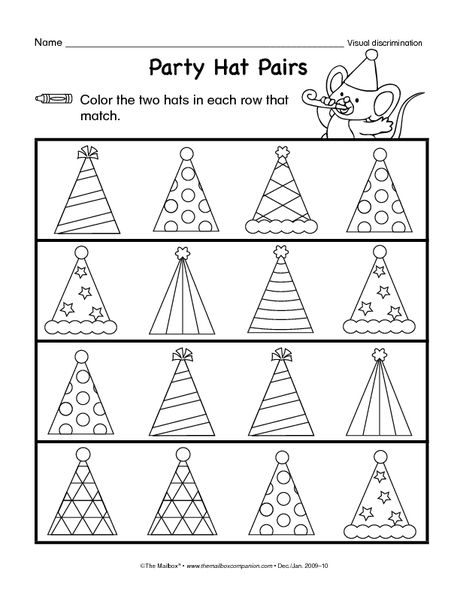
- Make no mistake game.
An adult shows a picture to a child and loudly and clearly calls the picture: “Carriage”. Then he explains: “I will name this picture either correctly or incorrectly, and you listen carefully. When I make a mistake, clap your hands." Then he says: "Wagon - vakon - fagon - wagon." Then the adult shows the next picture or a blank sheet of paper and calls: "Paper - pumaga - tumaga - pumaka - bumaka." The game is very popular with children and is fun.
It must be emphasized that one should start with words that are simple in sound composition, and gradually move on to complex ones.
- The game “Be careful” An adult lays out pictures in front of a child, the names of which sound very similar, for example: cancer, varnish, poppy, tank, juice, bough, house, lump, scrap, catfish, goat, scythe, puddle, ski. Then he calls 3-4 words, and the child selects the corresponding pictures and arranges them in the named order (in one line or in a column - according to your instructions).
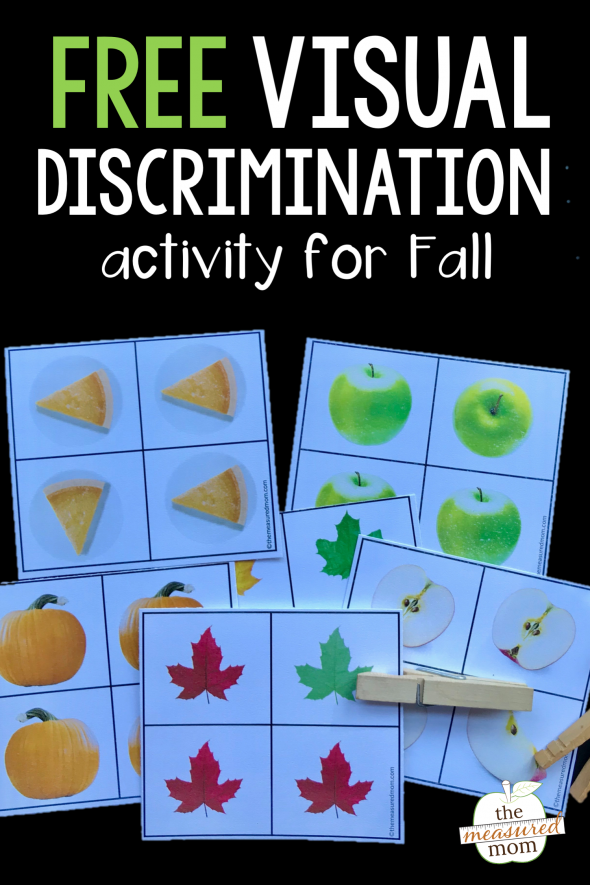
- Game “Pick up by sound ” An adult puts the following pictures in one line: lump, tank, bough, branch, ice rink, slide. Then, giving the child one picture at a time, he asks to put it under the one whose name sounds similar. As a result, you should get approximately the following rows of pictures: clod bak bough branch skating rink slide house crayfish onion cage scarf crust catfish poppy beetle heel leaf mink scrap lacquer beech lash skein brand
- SHOP game
Games to highlight the sound on the background of the word.
Task: Dunno went to the store for fruit, came to the store, but forgot the name of the fruit. Help Dunno buy fruits that have the sound [l'] in their names. Subject pictures are exhibited on the typesetting canvas: apples, oranges, pears, tangerines, plums, lemons, grapes. Children select pictures that have the sound [l '] in the name.
Show your child the products you bought at the store and have him list the ones that have [R] or another sound in their names.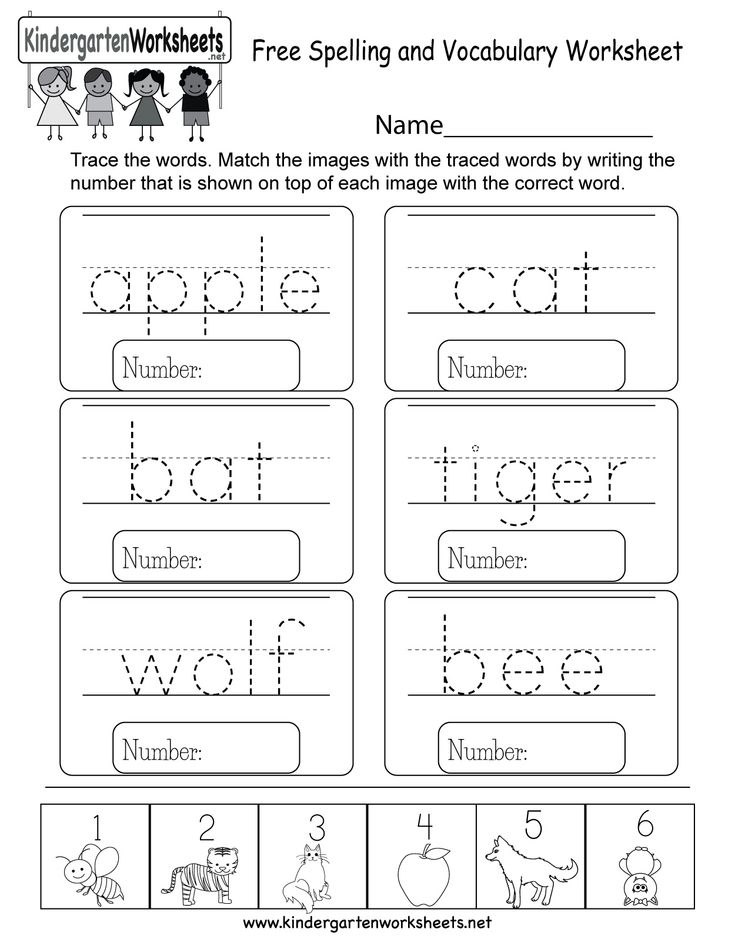
- Living ABC Game
Game for the development of sound discrimination
Cards of pairs of letters: 3-Zh, Ch-Ts, L-R, S-Ts, Ch-S, Sh-S, S-3, Sh-Zh are laid out in front of the children on the table face up. Two cards with the image of letters are also used. On command, the children must choose objects (pictures) whose names include this letter and arrange them in piles. The one who picks up the most cards wins. The game continues until they are all taken apart.
Development of phonemic processes in correctional and developmental work with pupils of senior preschool age
Topic: "The development of phonemic processes in correctional and developmental work with pupils of senior preschool age."
A high culture of speech is the ability to do it right,
convey accurately and expressively
your thoughts by means of language….
S.I. Ozhegov
Correct, pure, beautiful speech is the most important condition for the comprehensive, full-fledged development of the individual. The richer and more correct the child's speech, the easier it is for him to express his thoughts, the wider his possibilities in cognizing the surrounding reality, the more meaningful and full the relationship with peers and adults, the more actively his mental development is carried out. Full-fledged speech of the child is an indispensable condition for his successful education at school. Therefore, it is very important to eliminate all shortcomings even at preschool age, before they turn into a persistent, complex defect. In addition, it is important to remember that it is during the preschool period that a child’s speech develops most intensively, and most importantly, it is most flexible and malleable. Therefore, all types of speech disorders are overcome easier and faster.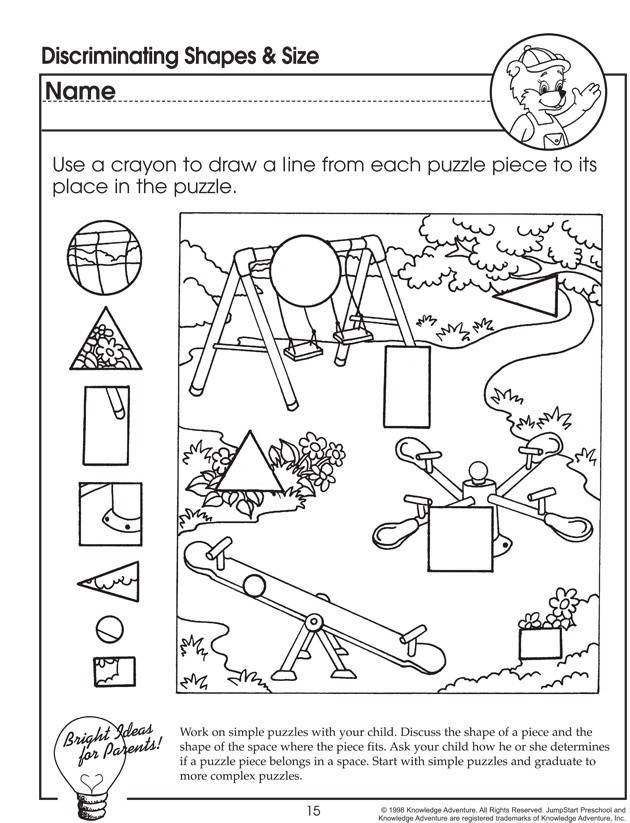
The main structural components of speech are: sound composition, active and passive dictionaries and the grammatical structure of speech. Phonetics is the study of the sound composition of speech. The theory and practice of speech therapy work convincingly prove that developed phonemic processes are an important factor in the successful development of the speech system as a whole.
The purpose of this work is the formation of phonetic-phonemic
perception and skills of elementary language analysis and synthesis
words.
Overcoming violations of phonemic processes is one of the main areas of speech therapy work in the process of correcting various speech disorders.
The main tasks of the development of phonemic processes are as follows:
- Teaching the ability to distinguish sound in someone else's and one's own speech.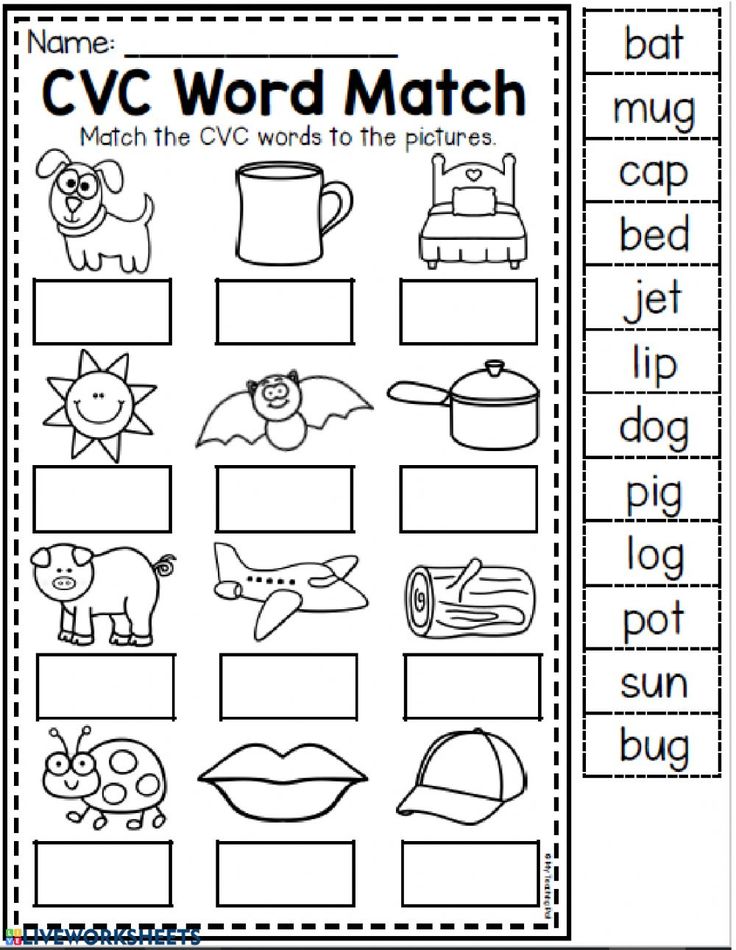 Introduction of concepts about the distinctive role of sound, its main qualitative characteristics.
Introduction of concepts about the distinctive role of sound, its main qualitative characteristics.
- Formation of phonemic representations based on phonemic perception, analysis and synthesis.
- Development of skills of control and self-control of pronunciation of sounds.
Phonemic processes include:
- phonemic hearing - the ability for auditory perception of speech, phonemes. Phonemic hearing is essential for mastering the sound side of the language; phonemic perception is formed on its basis.
- phonemic perception - the process of hearing certain phonemes, regardless of the position of the sounds.
- phonemic analysis - mental process of isolating individual phonemes.
- phonemic synthesis - a mental process of connecting parts into a whole.
- phonemic representations - sound images of phonemes perceived by a person earlier and at the moment do not affect his senses.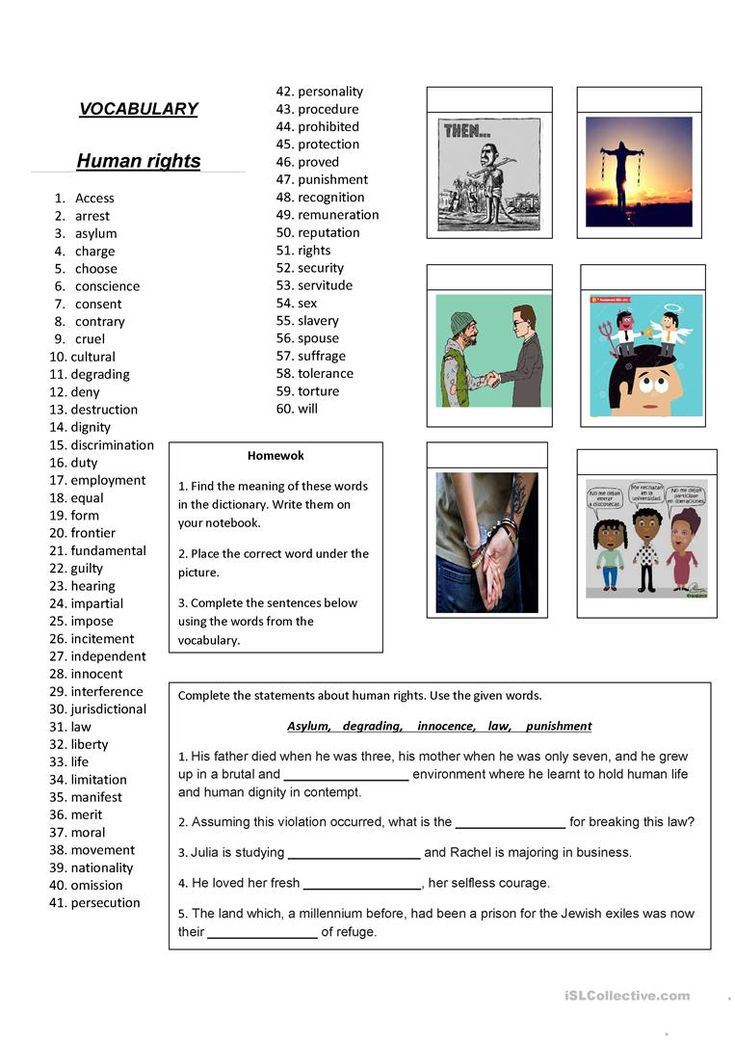
Signs of violation of phonemic processes are :
- Violations of sound pronunciation (replacement and mixing of sounds).
- Violations of the sound structure of the word, which manifests itself in errors in sound analysis (omission of vowels and consonants, syllables; insertion of sounds; rearrangement of sounds, syllables).
- Violation of the differentiation of sounds by ear, having an acoustic-articulatory similarity, manifested in the replacement and mixing of sounds, and in writing in mixing sounds.
Violation of phonemic perception leads to the fact that the child does not perceive by ear (does not differentiate) sounds of speech that are close in sound or similar in articulation, as a result of which his sound pronunciation is disturbed. His vocabulary is not replenished with those words, which include hard-to-distinguish sounds. The child gradually begins to lag behind the age norm. For the same reason, the grammatical structure is not formed to the required degree.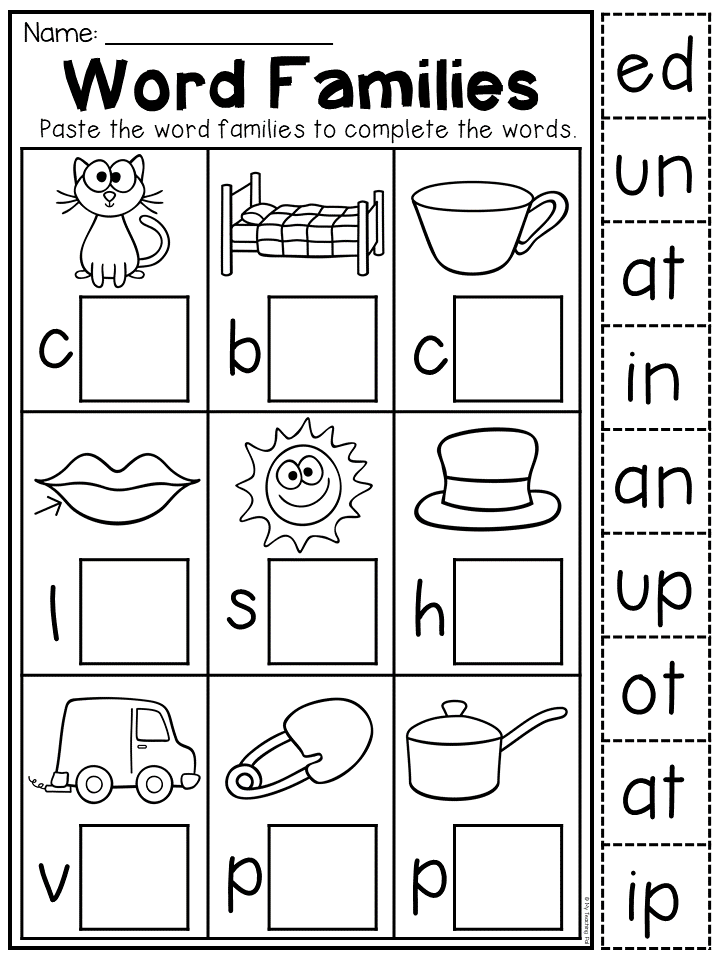 It is clear that with insufficient phonemic perception, many prepositions or unstressed word endings remain “elusive” for the child. Only with systematic work on the development of phonemic processes do children perceive and distinguish the endings of words, prefixes, common suffixes, highlight prepositions in a sentence, etc., which is so important in the formation of reading and writing skills. The ability to hear each individual sound in a word, to clearly separate it from the adjacent one, to know what sounds a word consists of, that is, the ability to analyze the sound composition of a word, is the most important prerequisite for proper literacy training. One of the most important conditions for the effective mastering of reading and writing skills is a certain level of development of phonemic processes.
It is clear that with insufficient phonemic perception, many prepositions or unstressed word endings remain “elusive” for the child. Only with systematic work on the development of phonemic processes do children perceive and distinguish the endings of words, prefixes, common suffixes, highlight prepositions in a sentence, etc., which is so important in the formation of reading and writing skills. The ability to hear each individual sound in a word, to clearly separate it from the adjacent one, to know what sounds a word consists of, that is, the ability to analyze the sound composition of a word, is the most important prerequisite for proper literacy training. One of the most important conditions for the effective mastering of reading and writing skills is a certain level of development of phonemic processes.
In the work on the development of phonemic processes, the following stages can be distinguished :
Stage I - recognition of non-speech sounds;
Stage 2 - distinguishing the height, strength, timbre of the voice on the material of the same sounds, words, phrases; distinguishing words that are similar in their sound composition; syllable differentiation; differentiation of phonemes;
Stage 3 - development of basic sound analysis and synthesis skills.
Let us dwell in more detail on how the development of phonemic processes in pupils is carried out at each of these stages.
At stage I , in the process of special games and exercises, children develop the ability to recognize and distinguish non-speech sounds. These activities also contribute to the development of auditory attention and auditory memory (without which it is not possible to successfully teach a child to differentiate phonemes). What game exercises can be used at this stage of work?
Games for the development of non-speech hearing:
- " What does it sound like?" (using various objects and musical instruments).
- " Where does it sound?" (individual). The child must determine the direction of the sound emitted (in front, behind, above the head, right, left).
- "Bell" . Children stand in a circle, one child in the center blindfolded.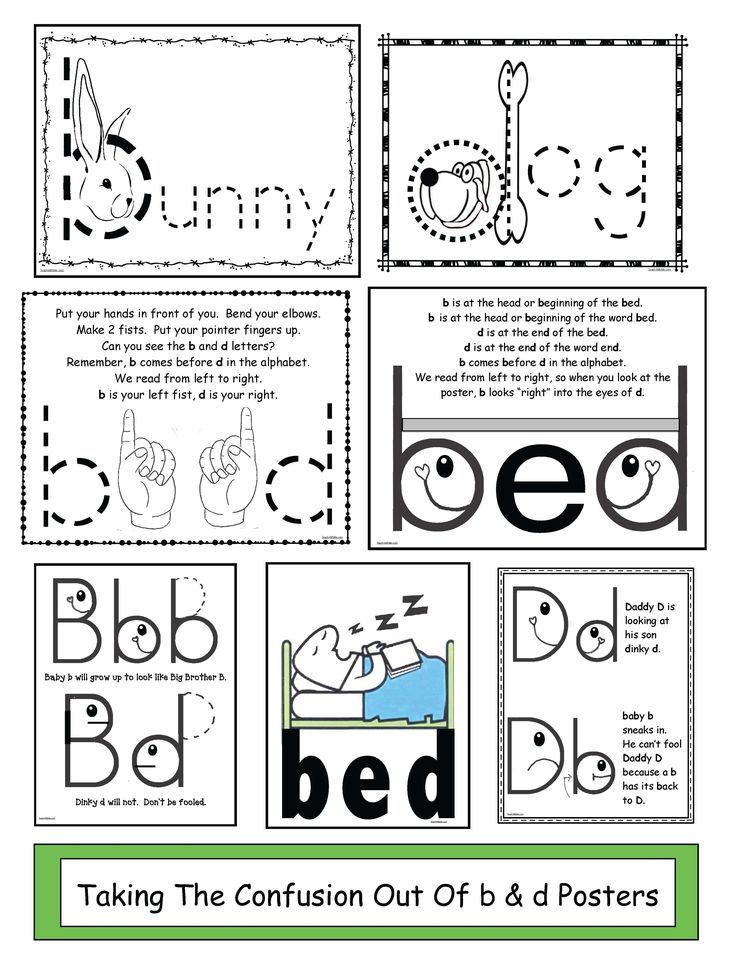 One of the children rings the bell, the blindfolded child must determine who called.
One of the children rings the bell, the blindfolded child must determine who called.
- "Clap like me!" Ask to clap a certain rhythm. It is carried out individually.
- Woodpecker . Ask the child to tap out a certain rhythm with a pencil, stick, fingers. You can use musical instruments (drum, metallophone, tambourine). It is carried out individually.
- "Sounds outside the window" . You need to open the window and listen carefully, then ask the child what and who he heard outside the window.
During stage II , preschoolers learn to distinguish the pitch, strength, timbre of the voice, focusing on the same sounds, sound combinations and words. It is completely built on games that can teach a child to distinguish between words that are similar in sound composition. Children learn to distinguish the phonemes of their native language. You should definitely start with the differentiation of vowel sounds.
You should definitely start with the differentiation of vowel sounds.
At this stage of work, you can use the following game exercises:
Games for the development of the ability to distinguish the same words, sound complexes and sounds in terms of height, strength and timbre of the voice:
- "Far - close." Determine where the sound is heard.
- Large - Medium - Small . Imitate the voices of various animals, toys, fairy tale characters, using different intonation, pitch and power of voice.
- "Adult or Cub?". To imitate the voices of adult animals or their young.
- "Guess who's talking?" based on the fairy tales "Three Bears" , "Teremok", "Kolobok" . Imitate the voices of animals, heroes of fairy tales, using different intonation, pitch and power of voice.
Games to distinguish between words that are similar in sound composition:
- "Bump" .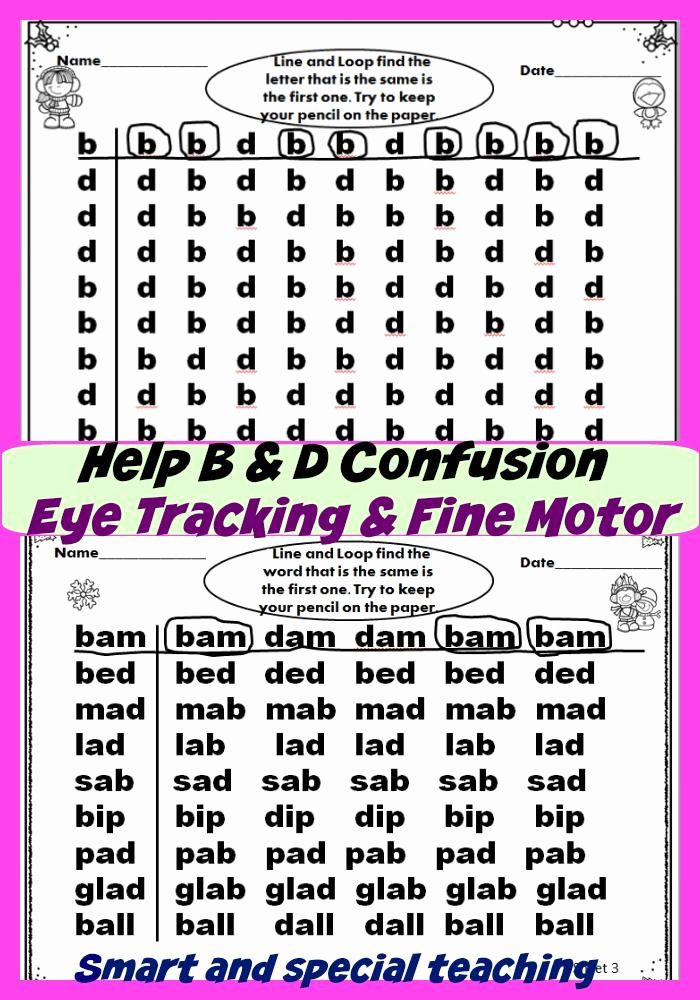 To name any object (for example, a bump), accompanying the show, in different ways. If the adult speaks correctly, the child claps his hands and repeats this word, if not correctly, he stomps his feet or is silent, or hides his hands behind his back.
To name any object (for example, a bump), accompanying the show, in different ways. If the adult speaks correctly, the child claps his hands and repeats this word, if not correctly, he stomps his feet or is silent, or hides his hands behind his back.
- "Pick a picture",
- "Which word is superfluous?",
- "The shortest word",
- "The longest word",
- "Give me a word." It is necessary to choose a word (rhyme) that is suitable in meaning and sound design.
Games to differentiate syllables and phonemes:
- “Name the syllables in order”,
- "Echo",
- "Two nesting dolls", definition and distinction of consonant sounds by hardness - softness. Depending on the initial sound in the word-picture, it goes into the pocket for nesting dolls in a blue and green apron.
Depending on the initial sound in the word-picture, it goes into the pocket for nesting dolls in a blue and green apron.
- "Sweets", definition and distinction of the initial sound in a word. Depending on what first sound is heard in the word, the child raises a candy of a certain color (red - if the first sound is a vowel, blue - if the first sound is a hard consonant, green - if the first sound is a soft consonant).
- “Helicopter machine”, definition and distinction of initial consonants by hardness - softness. Depending on which first sound is heard in the word, the child raises the picture “car” (if the first sound is hard) or “helicopter” (if the first sound is soft).
The task of the last 3rd stage is to develop the skills of sound analysis and synthesis in the child. This work is carried out in the following sequence:
1. Isolation (recognition) of a sound against the background of a word, i.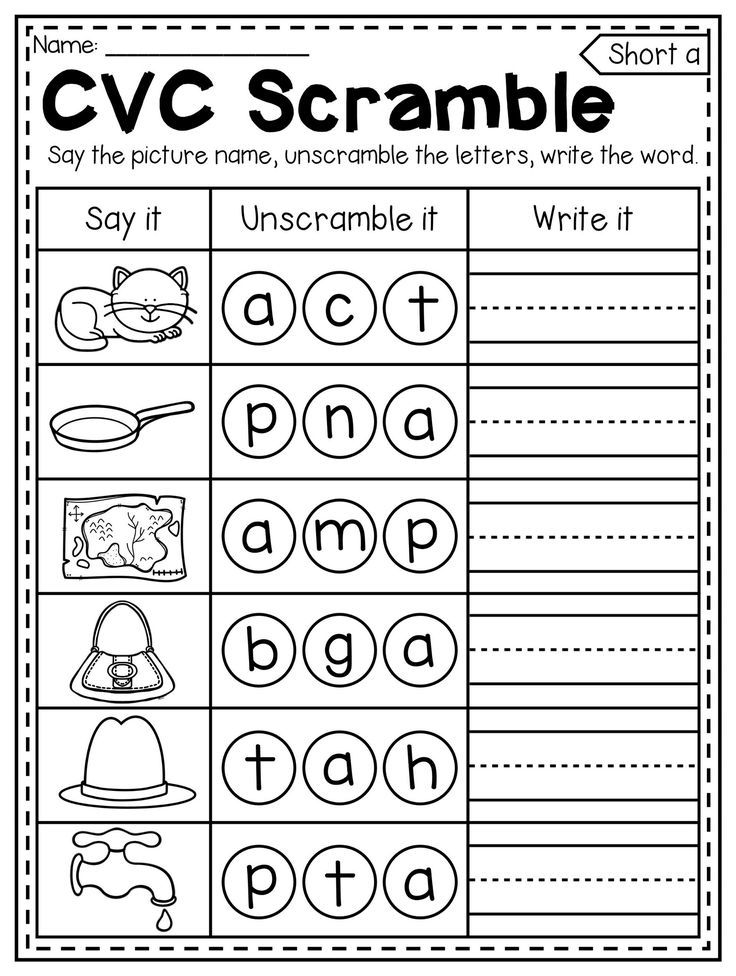 e., determining the presence of a sound in a word.
e., determining the presence of a sound in a word.
2. Determination of the first and last sound in a word, as well as its place (beginning, middle, end of a word) in a word.
3. Development of complex forms of phonemic analysis and synthesis (determining the sequence, number and place of sounds in relation to other sounds in a word).
Games to determine the number of syllables or sounds in words:
- Slap the Word,
- Stomp the Word,
- Count and Show,
- "Count the knots",
- "How many beads",
- Chips,
- "Tap the word with the ball",
- Magic Wands.
Games for determining the place, quantity, sequence of sounds in a word, developing elementary skills in sound analysis and synthesis:
- "Catch a fish",
- "Place a bee on a flower",
- "Russell residents by apartments",
- "Guess the number",
- “Who will we treat with pies?”.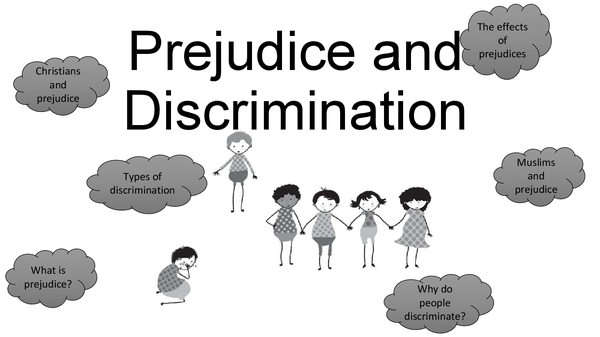
Work with benefits:
- Forest School,
- Speech Clearing,
- "Working with diagrams".
When working on these stages of development of phonemic processes, the principle of gradualness should be used. The result largely depends on how much you can turn a boring job into an exciting game. Conducting classes in a playful way, children increase their interest in learning activities, there is a positive dynamics in the development of phonemic processes.
Most often, the lack of formation of phonemic hearing is reflected in the form of sound pronunciation disorders, the child not only poorly differentiates some sounds by ear, but also does not master their correct pronunciation. Particular difficulties arise in these children at the stage of learning to read and write, which leads to such speech disorders as dyslexia and dysgraphia, and this entails a new tangle of problems: there is a decrease in academic performance, there is anxiety, self-doubt, drastically reduced self-esteem.



